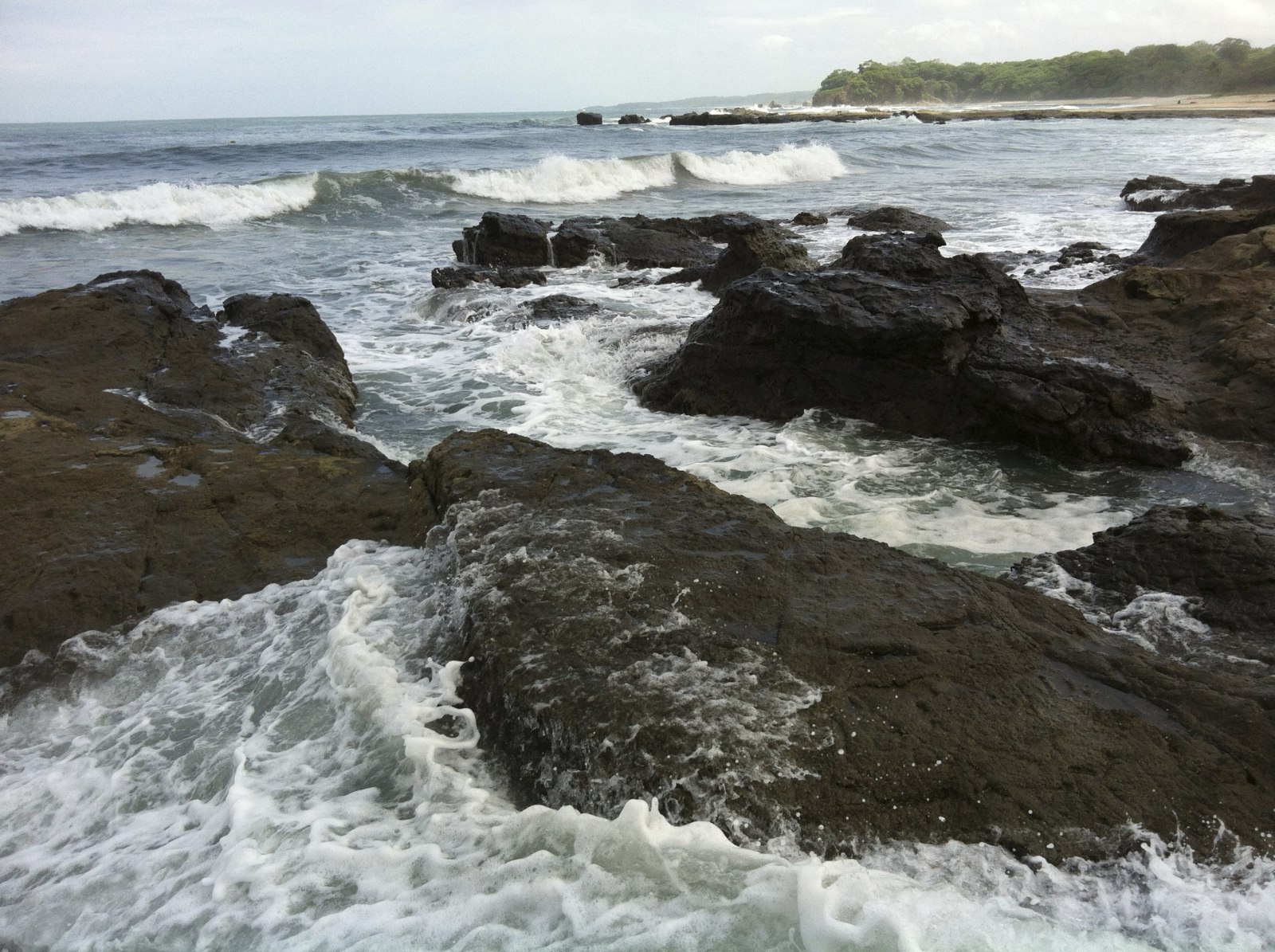
Sustainable development is not a system or a process, but rather a lifestyle. Reserva Conchal adopted sustainability as a philosophy, and by using a three-part strategy they’re aiming to create economic, social, and environmental value for neighboring communities.
“No business can be successful unless it includes two priorities within its culture: a green heart and a genuine interest in the surrounding communities,” said Helmuth Sauter, the director of Reserva Conchal.
Reserva Conchal creates social and environmental programs that support nearby communities and contribute to environmental conservation. They have also achieved carbon neutrality.

What do Reserva Conchal and The Westin Golf Resort & Spa Playa Conchal do in their communities?
Elegí Ayudar (I Chose To Help, a volunteer program): Volunteers worked 3,003 hours in 2016. Projects include working with the food bank, cleaning beaches (they picked up 252 kilograms of recyclable materials and 1,106 kilograms of other waste), and maintenance at local schools.
Dual Education: This program has been developed in conjunction with the Hotel Westin and the National Training Institute. It encourages both theoretical and practical education at the same time. The program began in 2014, and has graduated 116 students who studied how to be a waiter, bartender, or cook.
What do they do for the environment?
Conchal National Wildlife Refuge: This is a protected dry forest that measures 39,750 hectares. Its ecosystem is comprised of around 32 species of birds, eight species of mammals, and eight species of reptiles. In addition to helping preserve the refuge, The Westin (in Playa Conchal) and the golf course achieved carbon-positive designation, which means they not only are carbon neutral, but produce 25% more oxygen.
Waste Management: They have been able to capture a large part of all waste generated. Today, organic waste represents 70% of the total. This is taken to a collection center, where it’s composted into organic fertilizer and used in green spaces, thus reducing the consumption of commercial fertilizers and agrochemicals. This way they are able to ensure that not only is their waste properly treated, but it’s also a valuable resource.







Comments